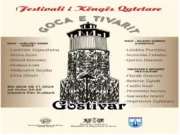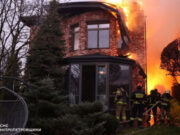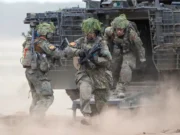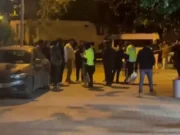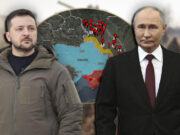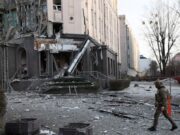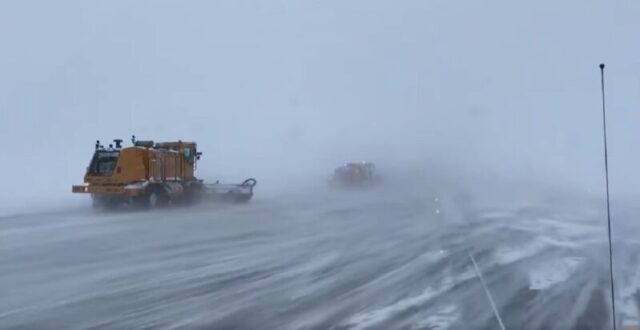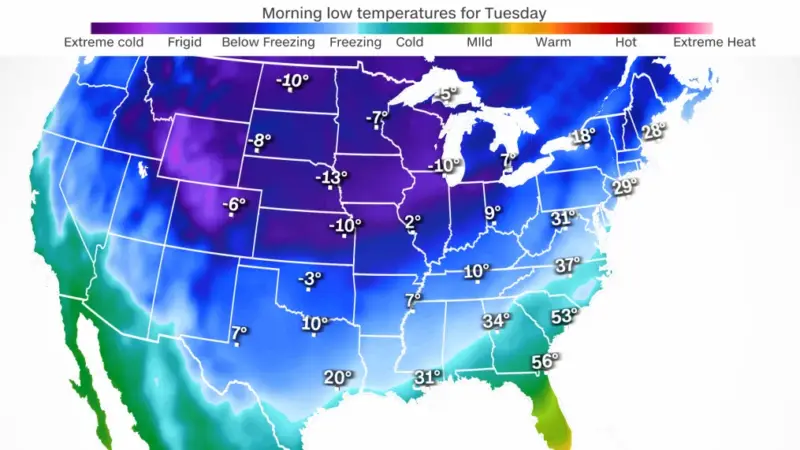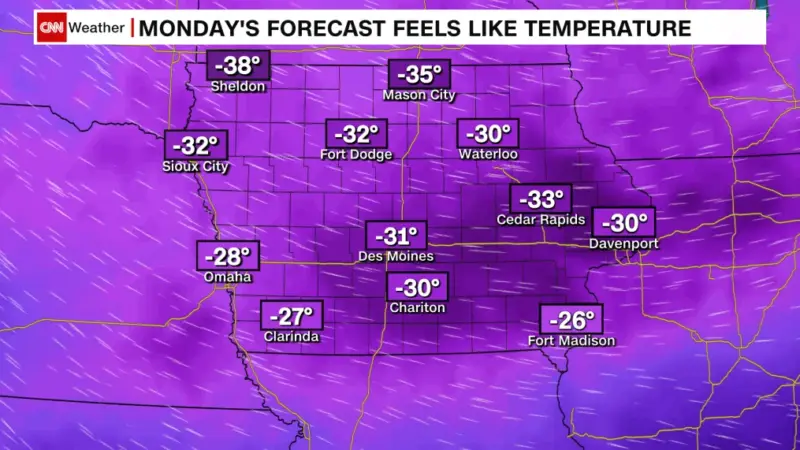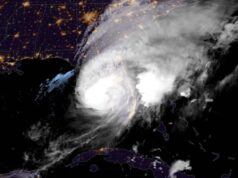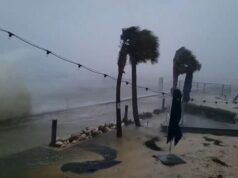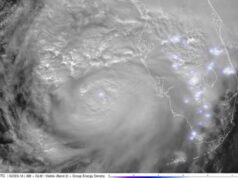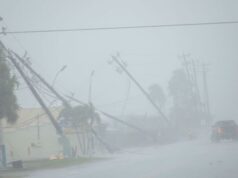A brutal blast of Arctic air will spread through the central US on the heels of a powerful storm, eventually bringing the coldest air of the season as far south as Texas.
Iowans headed to the first presidential primary for the 2024 election Monday will have to brave what looks likely to be the coldest caucus in state history. And the cold is expected to test Texas’s notoriously vulnerable-to-extreme-temperatures power grid for the first time this winter.
Temperatures could drop as low as 20 to 30 degrees below zero in the northern Plains both Friday and Saturday night and combine with gusty winds to make for frigid wind chills as low as 50 degrees below zero.
More than 25 million people from Washington to Illinois are under wind chill alerts where frostbite could occur in as little as 10 minutes on exposed skin.
The cold will spread south and east across the country and eventually envelop Texas and other parts of the South by the weekend, lasting into the middle of next week.
Afternoon high temperatures on Friday will likely fail to reach zero degrees across much of Montana and North Dakota. High temperatures in the single digits and 10s will then spread east into parts of the central Plains and Midwest.
By the weekend, the coldest air will stretch from Denver to Indianapolis, with temperatures at least 30 degrees below normal.
Denver’s high temperature is forecast to drop from 33 degrees on Friday to 10 degrees on Saturday, dipping to 7 degrees Sunday. The wind chill Sunday morning in Denver is expected to be as low as minus 20 degrees.
The plummeting temperatures will increase power demand on Texas’s power grid enough that the state’s independent grid operator, ERCOT, issued a weather watch for Monday, warning of the impending surge in demand and a potential dip in reserves.
On Thursday, ERCOT said there was expected to be enough power to avoid outages. More than 200 people died – most of them from hypothermia – during a historic bout of cold and an ice storm in February 2021 during which ERCOT implemented rolling power outages to prevent the power grid’s collapse.
While it will be cold in Texas, it’s not expected to be as severe, widespread or prolonged as in 2021.
This cold air is not expected to threaten any significant records, but will come as quite a shock after a warm start to winter.
Chicago hasn’t had a high temperature below freezing since November 28, Brett Borchardt, meteorologist for the National Weather Service office in Chicago told CNN. Wind chills on Monday in Chicago will be “near or below minus 30 degrees,” Borchardt said, “comparable to the 2017-2018 cold snap.”
Coldest Iowa caucuses on record
Iowa has held caucuses every four years since 1972 in either January or February, putting them at risk for cold, but nothing like what’s forecast next week.
Monday’s caucuses look like they will end up being the coldest ever.
Monday is forecast to be the state’s coldest January day in five years, with wind chills as low as minus 40 degrees. Iowans will wake up to temperatures more than 15 degrees below zero on Monday morning.
Most of the state will not climb above zero degrees Monday afternoon, aside from far southeastern portions which may reach a degree or two above zero.
The temperature in Des Moines may fail to reach zero degrees for the first time since February 2021. The forecast average temperature on Monday in Des Moines is minus 9.5 degrees, nearly 20 degrees colder than the previous coldest caucus night on January 19, 2004. Add winds, and the cold will be a life-threatening minus 20 degrees to minus 40 degrees.
The likely record caucus cold spans several other Iowa cities, including Sioux City, Cedar Rapids and Davenport.
https://www.youtube.com/shorts/iwDcgNiYek8?feature=share
CNN Meteorologists Monica Garrett and Brandon Miller and CNN’s Joe Sutton contributed to this story.


